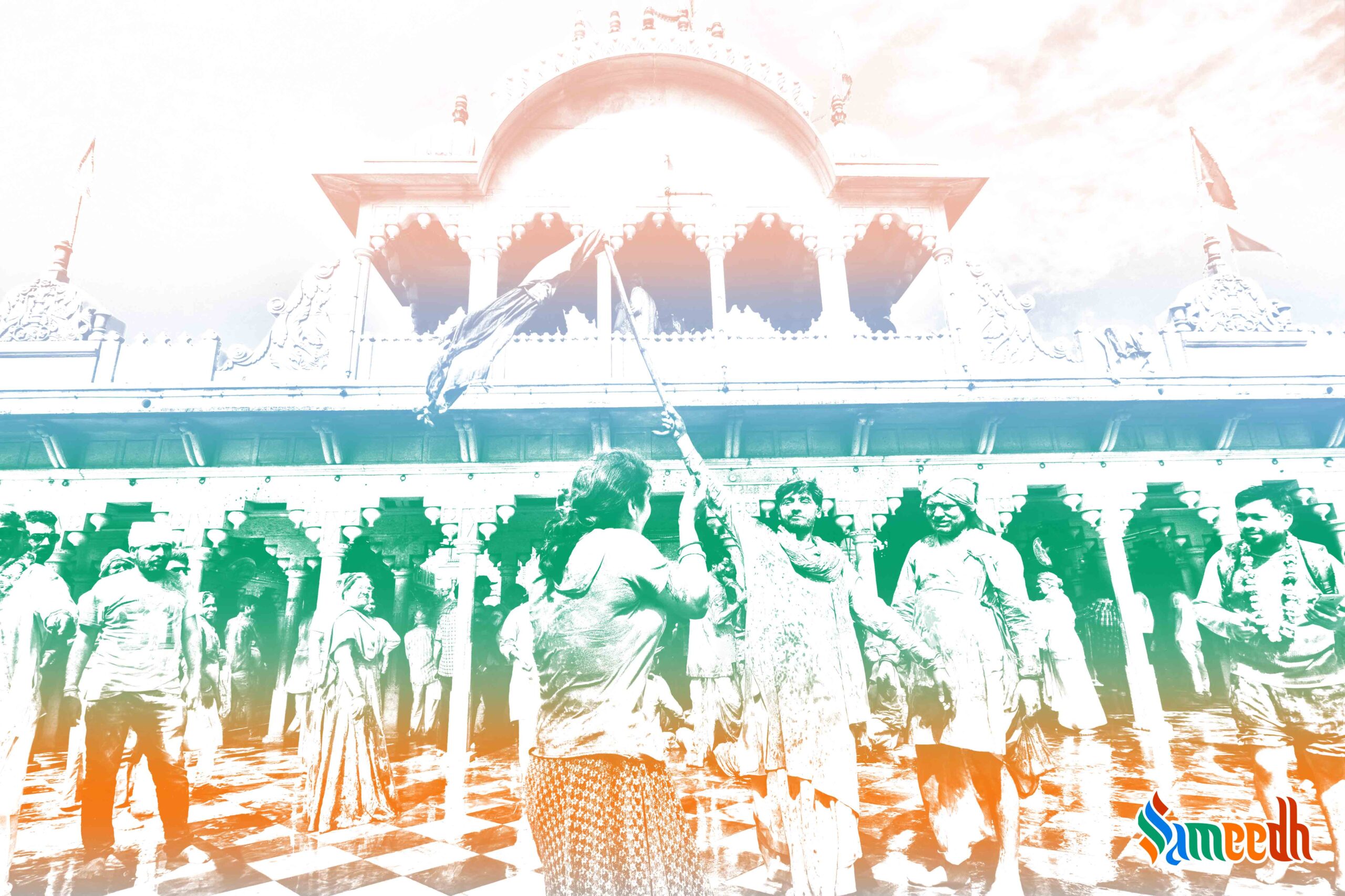Mathura is located in Uttar Pradesh and it is well-known for being Bhagwan Shri Krishna’s place of birth. The Shri Krishna Janmabhoomi is Mathura’s principal attraction and a major Hindu pilgrimage site.

Image Source: Azim Khan Ronnie
Mathura is located on the bank of Yamuna River, in Uttar Pradesh and it is well-known for being the native land of Bhagwan Shri Krishna. It is one of the divine cities in India and a major pilgrimage amongst Hindus.
As mentioned in the Mahabharat, city Mathura has a long and illustrious history. Bhagwan Shri Krishna is one of the prominent avatars of Bhagwan Vishnu. Mathura and the surrounding territory, like the holy Vrindavan, are associated with Bhagwan Shri Krishna’s juvenile adventures. The city is as per its mention in the epic Ramayana, based on a research by the Archaeological Survey of India. Shatrughna, an Ikshwaku prince, kills a demon named Lavanasura and claims the land, as mentioned in the epic. Due to its densely forested nature, the area was called Madhuvan, thereafter it was known as Madhupura, and lastly it was named Mathura.
The floral decoration art made on the ground called ‘Sanjhee’ is part of the vibrant tradition of Mathura, alongwith the famous Raas-Leela. According to the Bhagwat Puran, Shri Krishna and the gopis performed the Raas, at the bank of Yamuna River, in Vrindavan nagari. The raas-Leela is usually performed by the young Brahmin boys between the ages of 13 to 14 years. During Holi, a traditional Braj folk dance is performed here and the ‘Rasiya’ songs are the celestial couple Radha ji and Shri Krishna’s love songs. These songs are mandated to be sung throughout Holi festivities and all other celebratory events, at Brajbhoomi.
The Shri Krishna Janmabhoomi is Mathura’s principal attraction and a major Hindu pilgrimage site. The original site of Bhagwan Krishna’s birth is stated on a slab of stone. Bhagwan Krishna was born in a prison where His parents were held captive by Kansa, who was Shri Krishna’s maternal uncle. The Archaeological Museum is also a place one must visit. It is home to a remarkable collection of monuments from the ancient Mathura art school. Another attraction in Mathura is the Vishram Ghat, which is located on the Yamuna River. It Krishna is believed that Bhagwan Krishna had killed the evil Kansa here.
Mathura was eventually annexed by the Mauryas. In the third century BC, King Ashok, the renowned Mauryan emperor, constructed a number of Buddhist shrines in and around Mathura. Mathura was the epicentre of the arts from the first century BC to the first century AD. The Kushan Empire had overtaken Mathura after Rajuvul, but many of his successors ruled as Kushan vassal states, including the Kharapallan (Indo-Scythian satrap) and the Vanaspar, in the third year of the reign of the Kushan emperor Kanishka, around 130 CE. Both of them swore loyalty to the Kushans in an epitaph found at Sarnath. The Kushan dynasty, which has had Mathura among its capitals, saw Mathura’s cultural heritage attain peak.
Mahmud Ghazni attacked the city in 1018 CE, and Sikandar Lodhi, who ruled the Sultanate of Delhi from 1489 to 1517 CE, razed several of the city’s temples. Thereafter, Sikander Lodhi was given the name ‘But-shikan’ (बुत-शिकन) meaning, the ‘Destroyer of Hindu deities. During his reign, Mughal Emperor Aurangzeb constructed the Shahi-Eidgah Mosque, which is built right next to the Shri Krishna Janmabhoomi mandir.